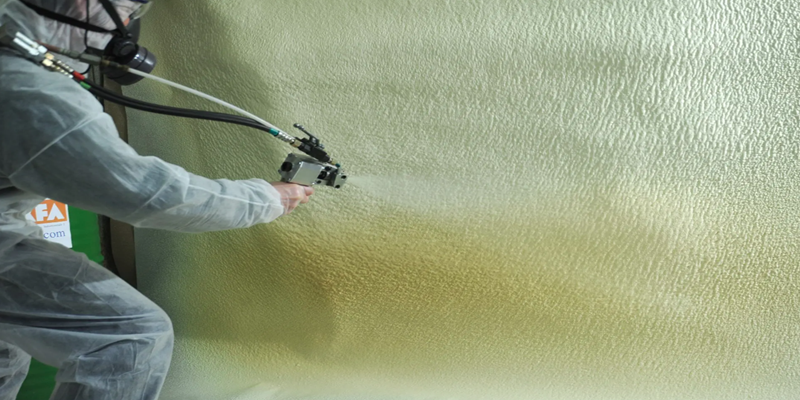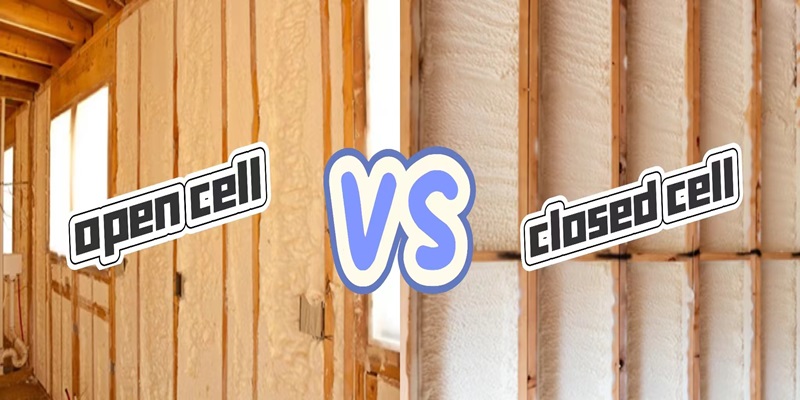Introduction to Spray Foam Insulation
Spray foam insulation has revolutionized the building and construction industry with its superior insulating properties and air-sealing capabilities. As a leading manufacturer of polyurethane catalysts, we understand the critical role these materials play in producing high-performance spray foam insulation products.
Spray polyurethane foam (SPF) is a chemical product created by mixing and reacting two liquid components – isocyanate and polyol resin. When these components combine with our specialized catalysts like MXC-70, they expand rapidly to form foam that insulates, air seals, and provides moisture resistance.
How Spray Foam Insulation Works
The science behind spray foam insulation lies in the polymerization process:
1. Chemical Reaction: When the two components (A-side and B-side) meet, they initiate an exothermic reaction
2. Expansion: The mixture expands 30-60 times its original volume within seconds
3. Curing: The foam hardens into a durable cellular plastic structure
Our catalysts precisely control this reaction, determining:
- Expansion rate
- Cure time
- Cell structure
- Final physical properties
Types of Spray Foam Insulation
1. Open-Cell Spray Foam
Characteristics:
- Lower density (0.5 lb/ft³)
- Soft, flexible texture
- R-value of about 3.5 per inch
- Allows some vapor permeability
Best Applications:
- Interior wall cavities
- Ceiling applications
- Soundproofing needs
2. Closed-Cell Spray Foam
Characteristics:
- Higher density (1.7-2.0 lb/ft³)
- Rigid structure
- R-value of 6.0-7.0 per inch
- Excellent moisture barrier
- Adds structural strength
Best Applications:
- Exterior applications
- Below-grade installations
- Roofing systems
- Flood zones
Key Benefits of Spray Foam Insulation
1. Superior Energy Efficiency
- Reduces air leakage by up to 90% compared to traditional insulation
- Higher R-value per inch than fiberglass or cellulose
- Eliminates thermal bridging
2. Moisture Control
- Acts as an effective vapor barrier (especially closed-cell)
- Resists mold and mildew growth
- Prevents condensation within wall cavities
3. Structural Enhancement
- Increases racking strength of walls by up to 300%
- Improves resistance to wind uplift
- Strengthens building envelope integrity
4. Long-Term Performance
- Doesn’t settle or sag over time
- Maintains R-value throughout its lifespan
- Typically lasts the lifetime of the building
The Role of Catalysts in SPF Production
High-quality catalysts are essential for producing consistent, high-performance spray foam insulation. Our MXC series catalysts offer:
1. Precise Reaction Control:
– Balanced gel and blow reactions
– Optimal rise profile
– Consistent cell structure
2. Enhanced Processing:
– Improved flow characteristics
– Better substrate adhesion
– Reduced surface defects
3. Performance Benefits:
– Lower density with maintained strength
– Improved thermal stability
– Reduced friability
Applications Across Industries
Residential Construction
- Whole-house insulation
- Attic encapsulation
- Basement waterproofing
- Crawl space conditioning
Commercial Buildings
- Roof insulation systems
- Cold storage facilities
- Warehouse temperature control
- Office building envelopes
Industrial Uses
- Refrigerated trucks and trailers
- Process piping insulation
- Tank insulation
- Agricultural buildings
Installation Considerations
Proper installation is crucial for optimal performance:
1. Surface Preparation:
– Clean, dry substrates
– Proper temperature conditions (40-120°F)
– Masking of adjacent areas
2. Application Techniques:
– Proper spray gun operation
– Correct pass thickness
– Uniform coverage
3. Safety Protocols:
– Personal protective equipment (PPE)
– Adequate ventilation
– Fire safety measures
Environmental Considerations
Modern spray foam insulation offers several environmental advantages:
1. Energy Savings:
– Reduces heating/cooling loads by 30-50%
– Lowers carbon footprint of buildings
2. Material Efficiency:
– Expands to fill cavities completely
– Minimal waste during installation
3. Sustainable Formulations:
– HFO-blown systems available
– Reduced VOC formulations
– Recyclable material options
Why Choose Our Catalysts for Your SPF Production?
As a trusted manufacturer of polyurethane catalysts, we provide:
1. Technical Expertise:
– Custom catalyst solutions
– Application-specific formulations
– Technical support throughout development
2. Quality Assurance:
– Consistent batch-to-batch quality
– Rigorous testing protocols
– Global quality certifications
3. Innovation Leadership:
– Ongoing R&D investment
– Next-generation catalyst technology
– Sustainable solutions development
Conclusion
Spray foam insulation represents the gold standard in building insulation technology, offering unparalleled energy efficiency, air sealing, and moisture control. The quality of the polyurethane catalysts used in production directly impacts the performance characteristics of the final SPF product.
For manufacturers looking to produce superior spray foam insulation, our MXC series catalysts deliver:
- Precise reaction control
- Excellent processing characteristics
- Consistent, high-quality results
- Customizable formulations
Contact our technical team today to discuss how our catalysts can enhance your spray foam insulation products and help you meet the growing demand for high-performance building insulation solutions.
Post time: Apr-16-2025


